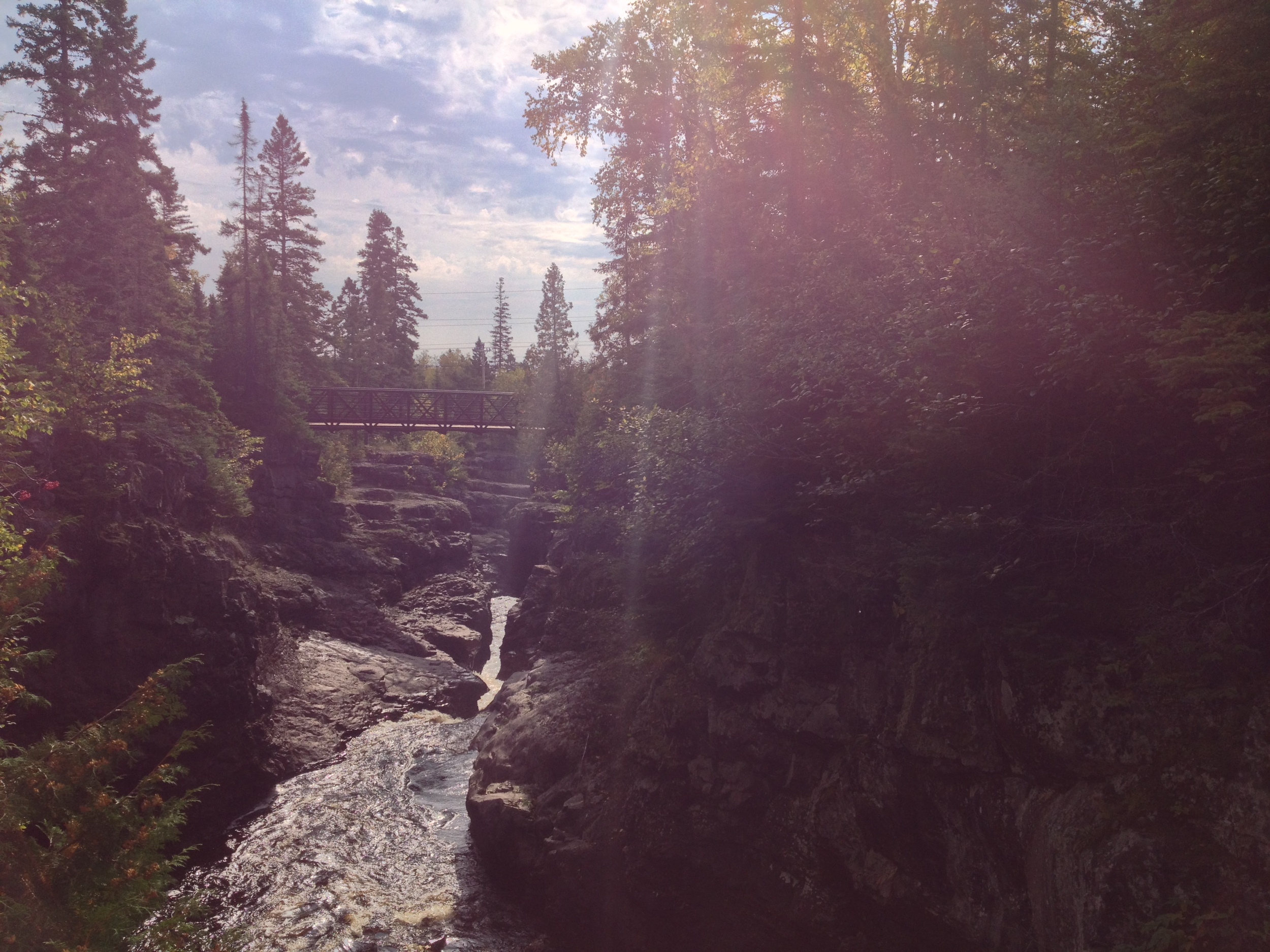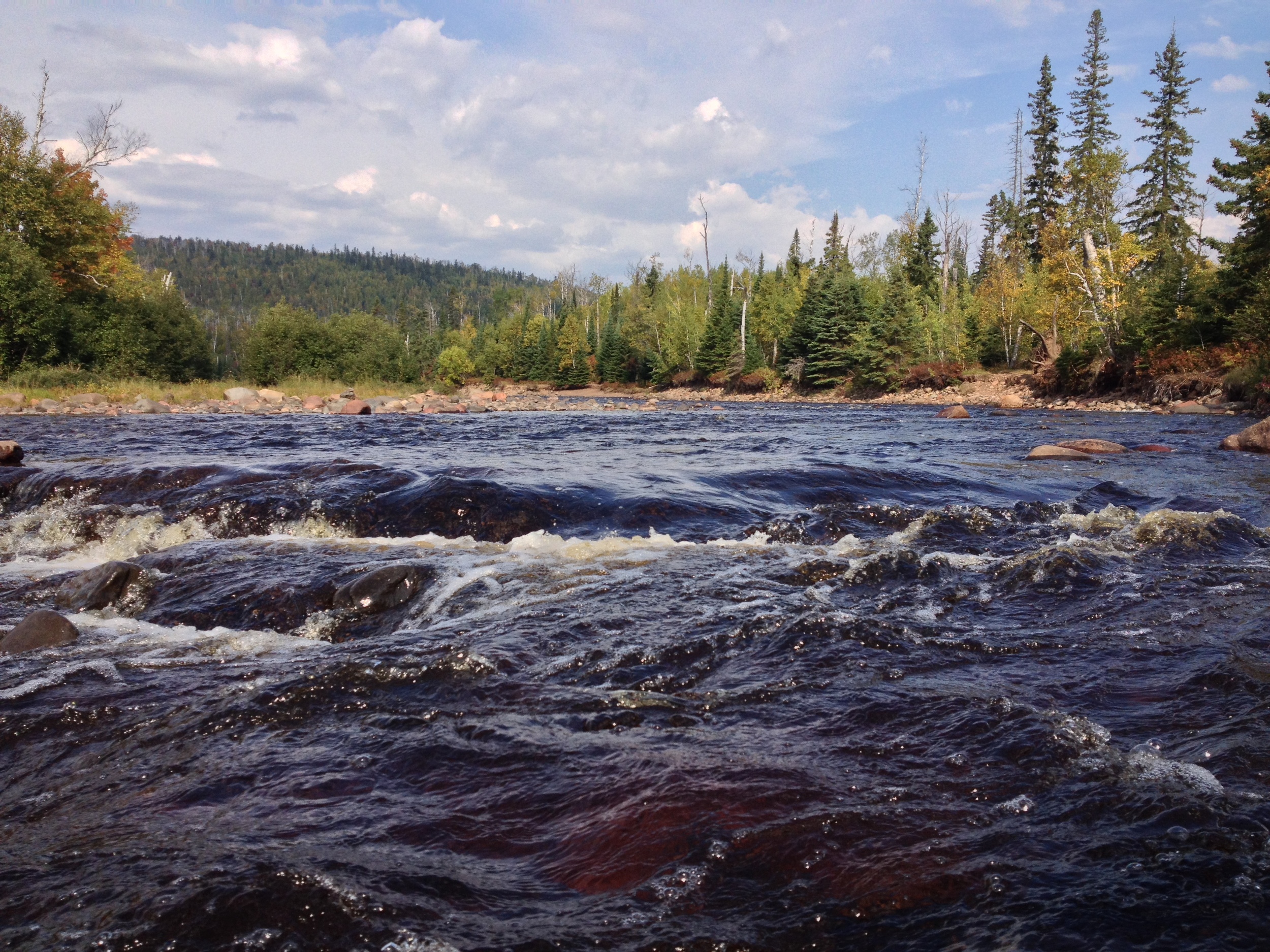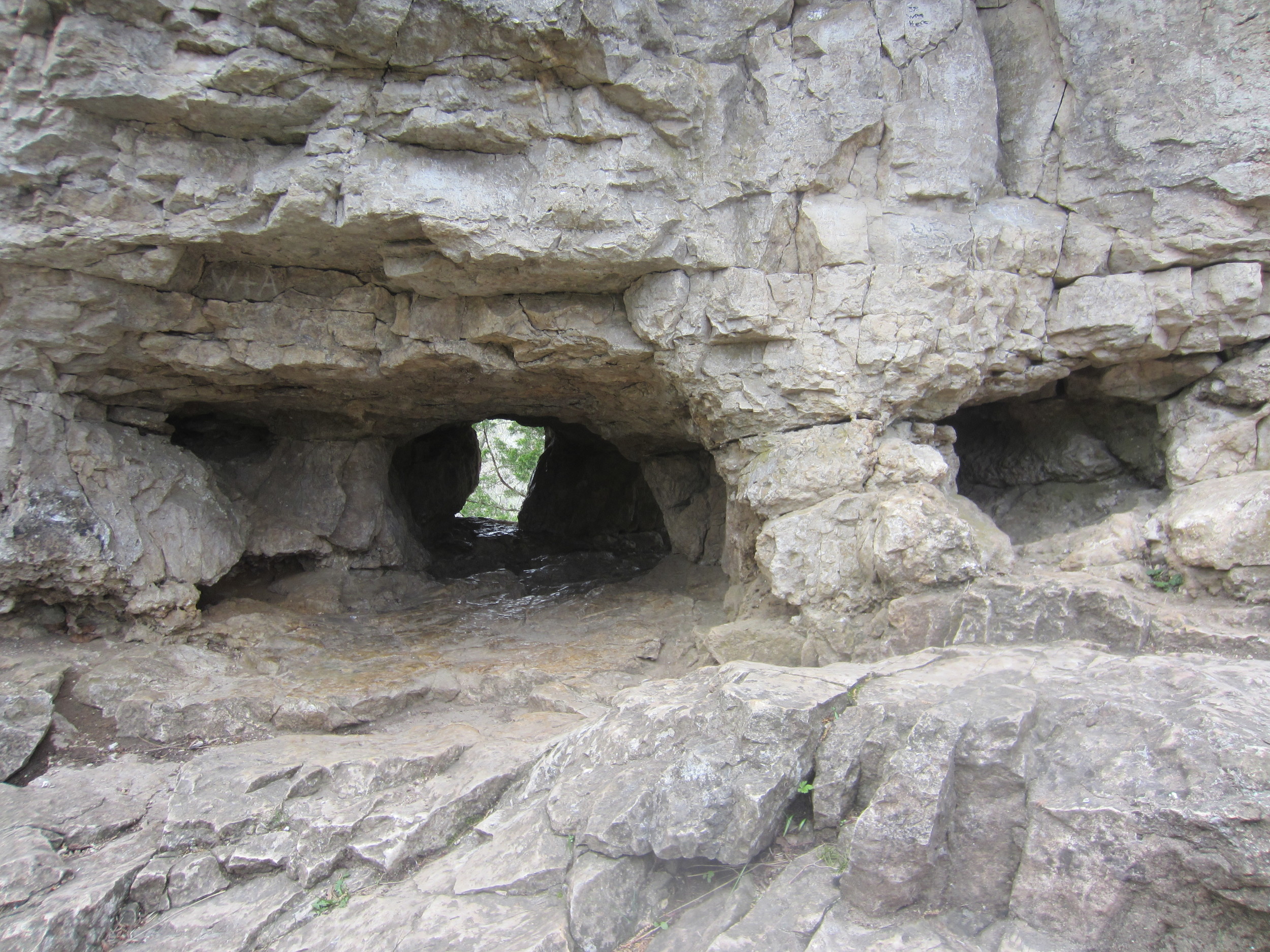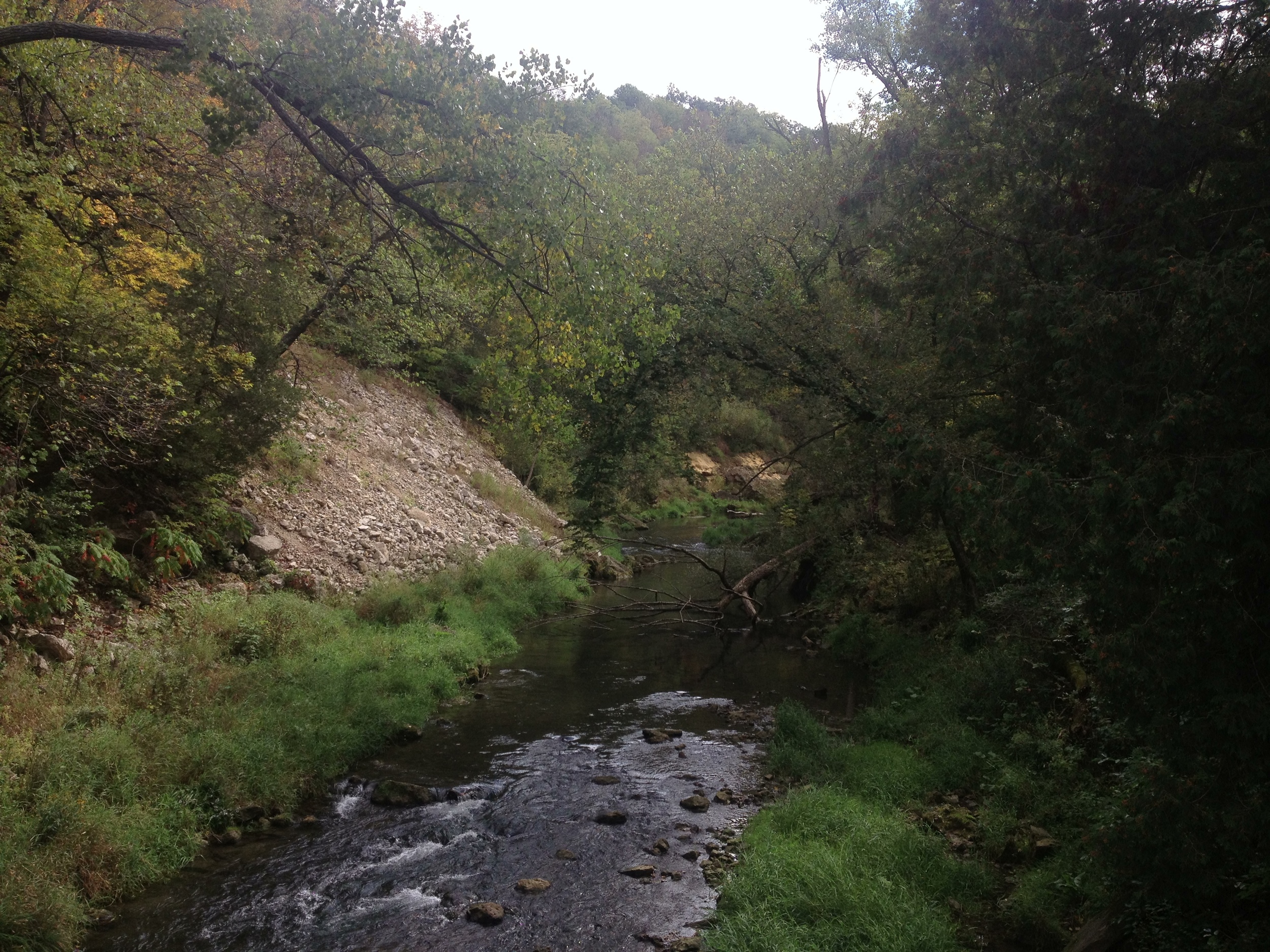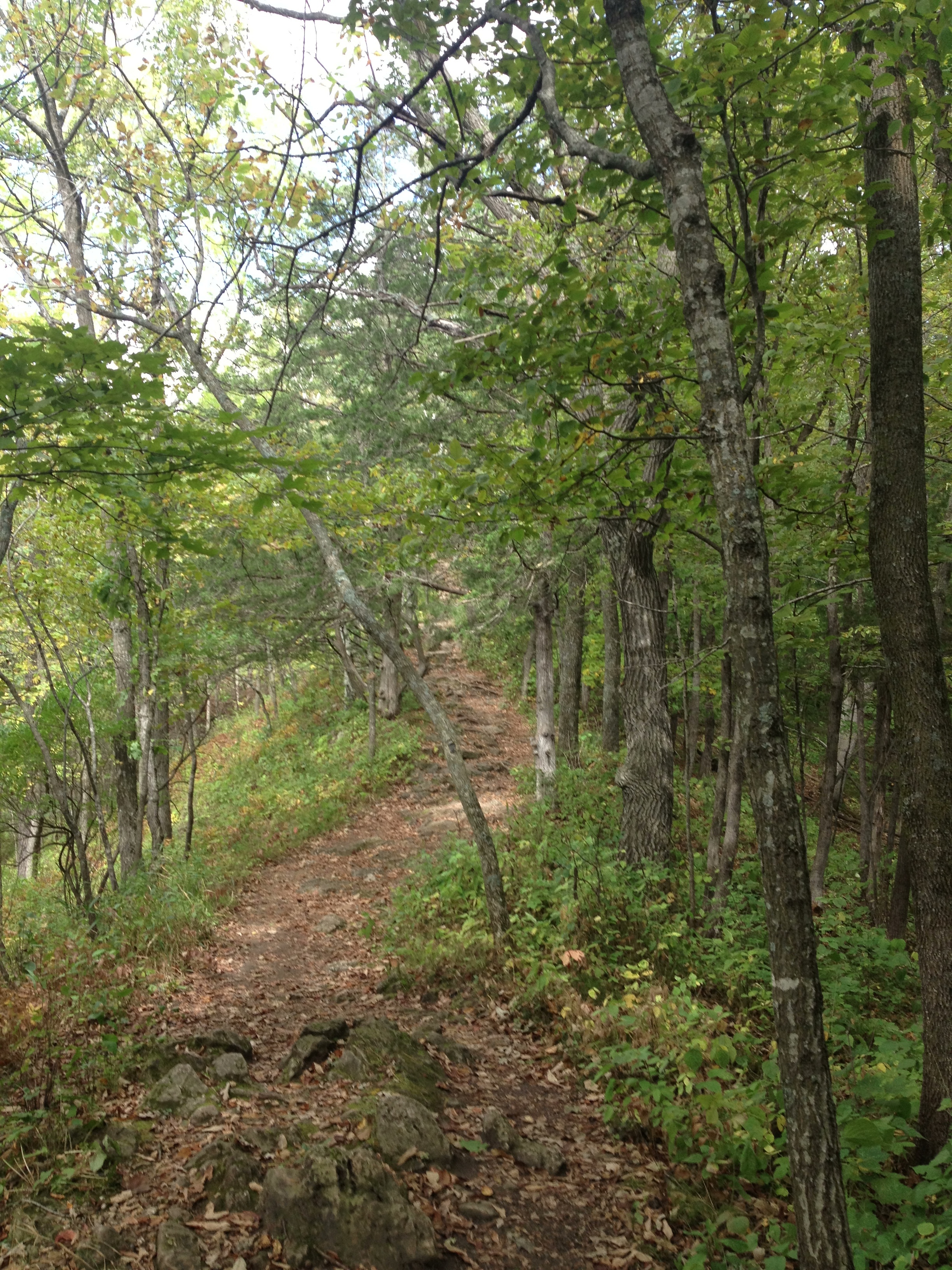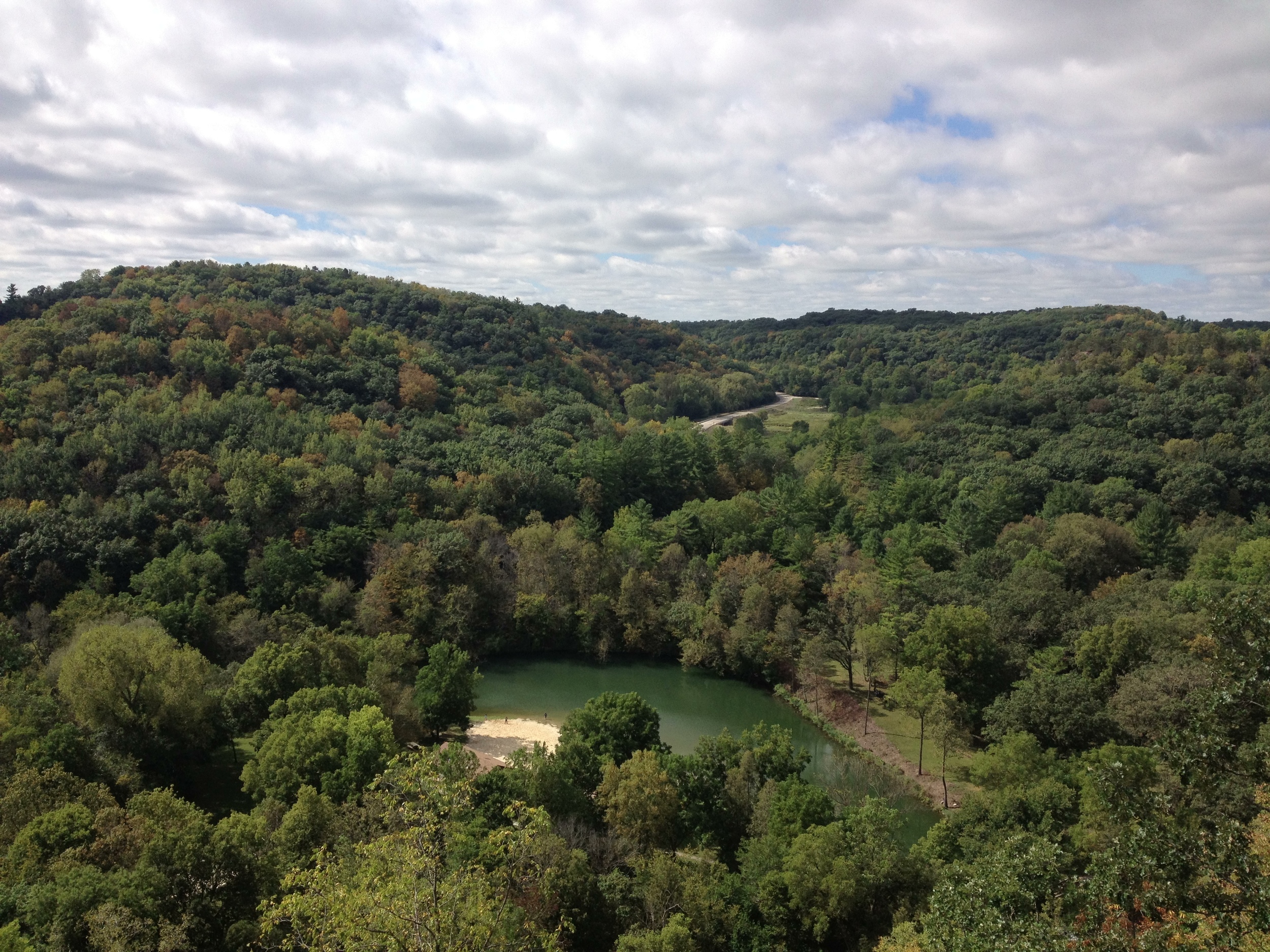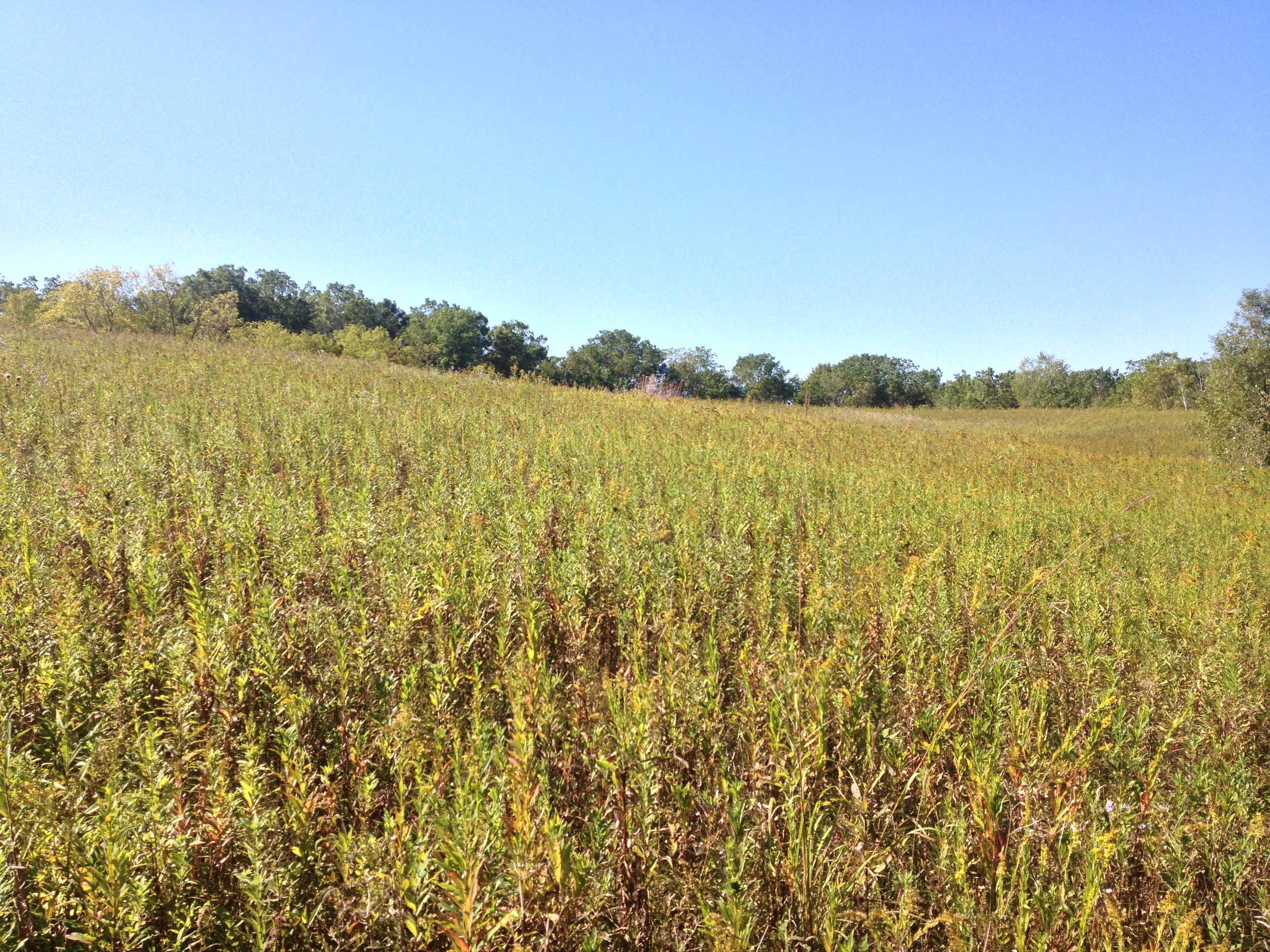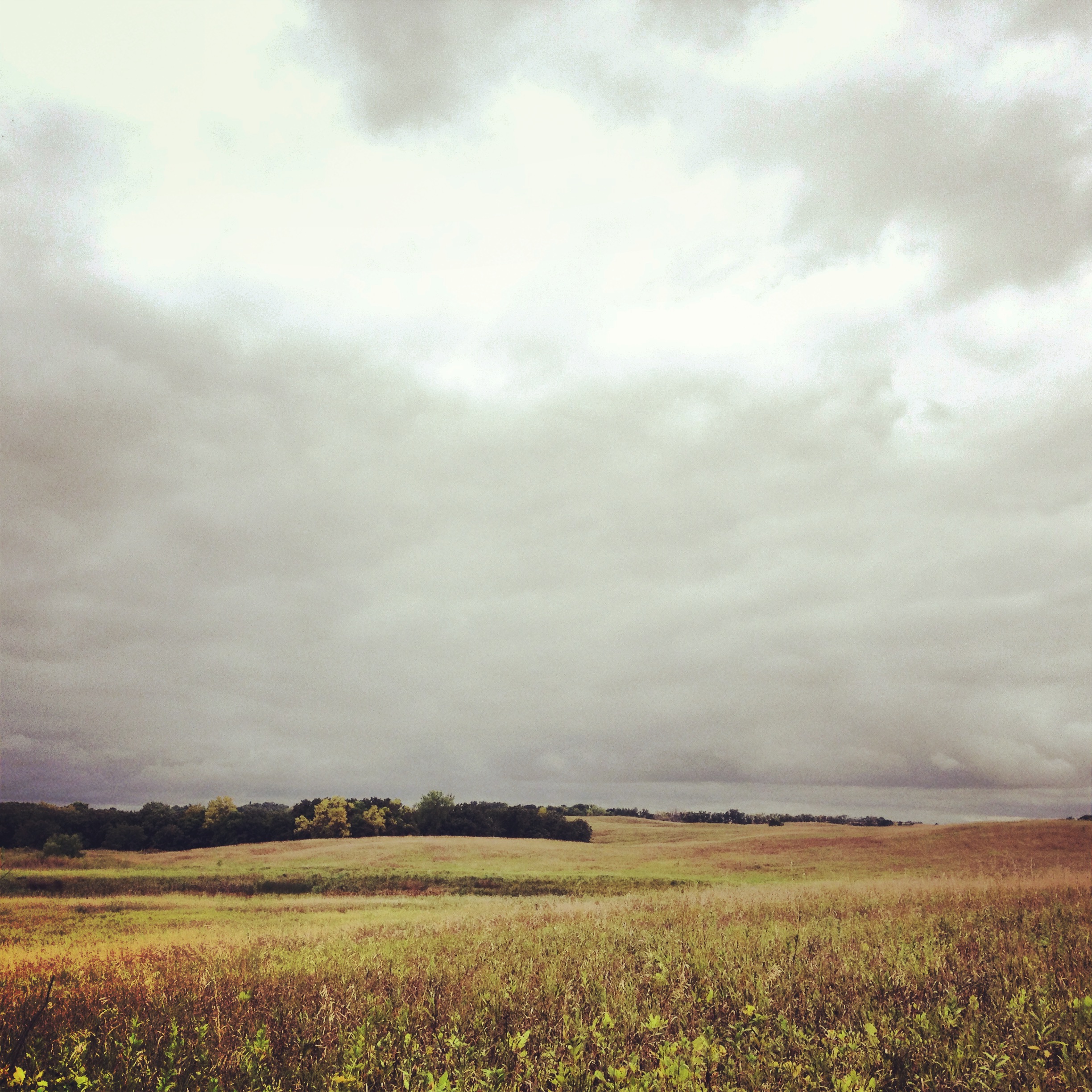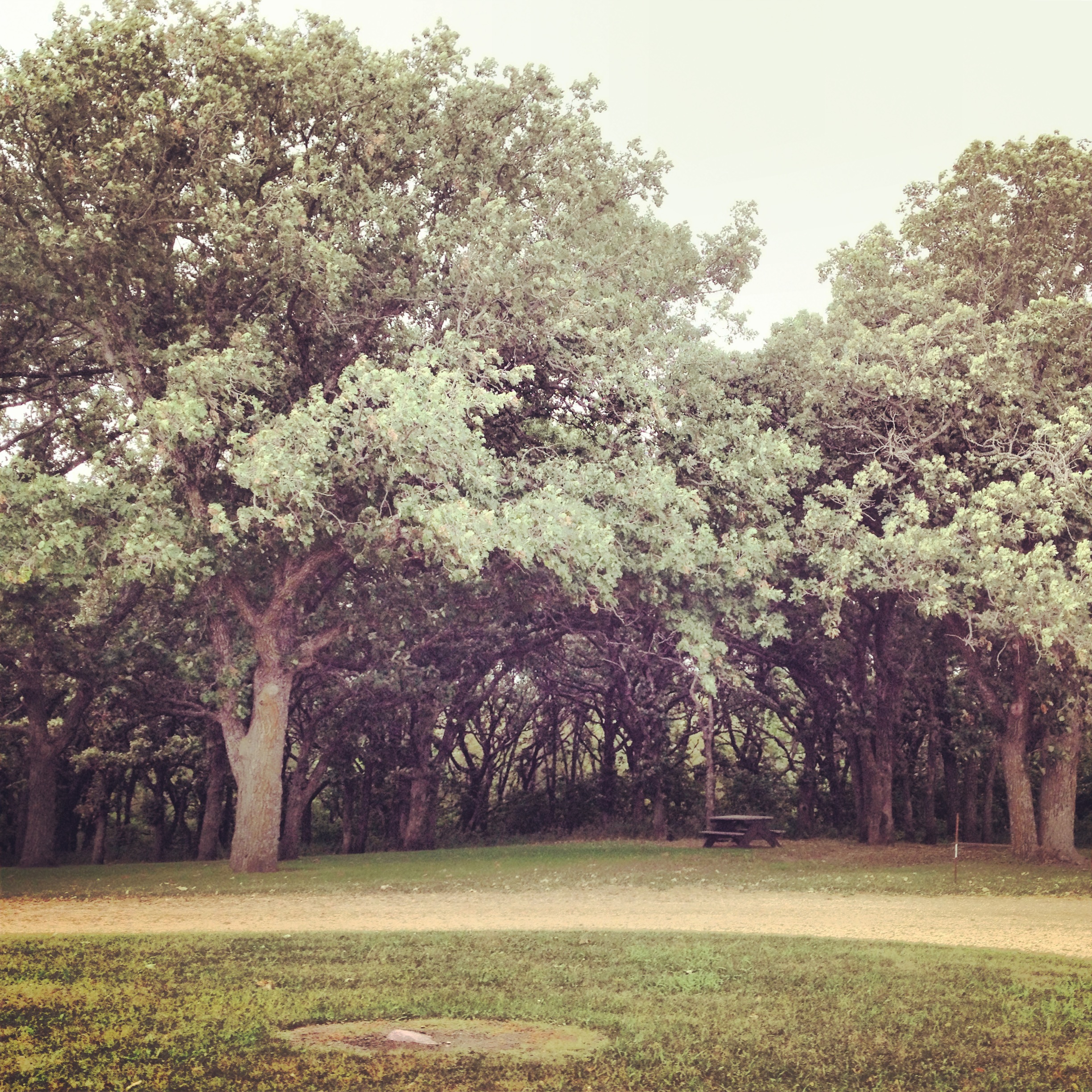Temperance River State Park Hiking Club Trail
The Drive: The North Shore Scenic Byway on Hwy 61 is probably the most famous and well traveled scenic route in Minnesota and for good reason. It runs from Duluth to Canada along the north shore of Lake Superior, crossing twenty-one rivers with waterfalls (and many without), passing through seven state parks, three state waysides, four state forests, a national forest, a national monument, an Indian reservation, and about a dozen small towns. And of course the main attraction is Lake Superior, the greatest of the Great Lakes. The largest freshwater lake in the world, Superior never, ever gets old. It is different every time I'm up there and I appreciate it more and more with each trip. There are many beautiful roads throughout the state, some more beautiful in their own way than Hwy 61, but none are as grand.
Canada Geese swimming in Lake Superior at Temperance River State Park
The Park: Temperance River State Park has always been one of my favorite North Shore parks. It is just fun to clamber over all the rocks, cliff jump into the pools, hike the river edge, look for bears, listen for wolves, and skip rocks into the (sometimes) placid waters of Superior. The campground is fantastic - right on the shore of the lake. The park is huge with almost 25 miles of hiking throughout the woods, but the main attractions are pretty compact and can be seen on a few two or three hour hikes. It also has access to the Superior Hiking Trail for long distance hikers. Temperance is a destination park and a great jumping off point to see other sites along the North Shore.
The trail winds through mixed birch-pine forests. Fall is an excellent time to visit Temperance River State Park
The Trail: The 1.9 mile Hiking Club trail follows the east bank of the Temperance River up to the upper falls before turning into the woods. The river is the highlight of the hike. You'll go by cascades, deep cuts in the rock, whirlpools, and wide vistas of the mountains (hills) in the background. The main trail continues to the top of Carlton Peak (which is a great hike that you should do while you're there), but the hiking club trail cuts back through the woods to the road. It is less scenic, but when I did it, there were mushrooms everywhere, which definitely made it worth while. I think the password is before the turn off, so if you've never been to the park before, I suggest skipping the turn off and just doing the Carlton Peak trail. It's quite a bit longer, but the view is worth it.
Cumulative Miles Hiked: 43.5
Cumulative Miles Driven: 1853
Arbitrary Rating: 5/5









